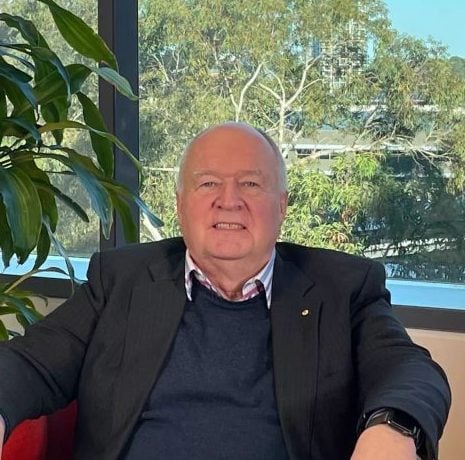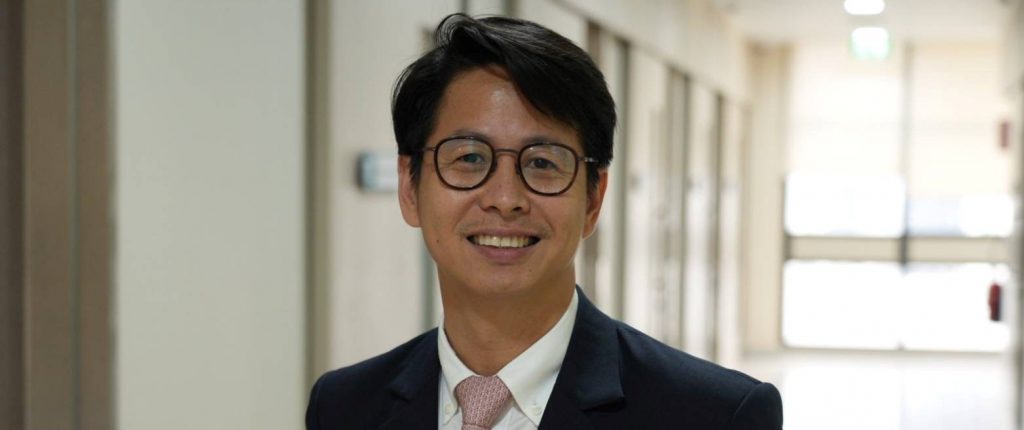What would be your top 3 diagnostic challenges in heart failure management in Australia?
The biggest challenge in diagnosing and managing heart failure is getting a timely and accurate diagnosis. On one level, heart failure is the easiest diagnosis in the world when it’s a classical presentation – acute shortness of breath and a person with a large, poorly functioning heart. But it can get complicated for older patients with comorbidities, particularly heart failure with preserved ejection fraction HFpEF, where the signs and symptoms are more subtle and less specific.
So the challenges are: How do we empower primary or secondary care doctors to make a timely diagnosis? How do we facilitate their having access to the confirmatory diagnostic tests? How do we implement that in practice in a way that’s affordable and timely? What’s critical is – The confidence that the doctor knows when a patient will likely have heart failure. What tests do they need to do to confirm their suspicions. What’s the final diagnostic test?
So we need education, information, and the availability of confirmatory tests, particularly natriuretic peptides such as NT-proBNP and echocardiography to be available for the appropriate patients in a timely fashion.
What are some of the potential risks associated with rapid uptitration? How would you advice your peers to optimize GDMT to heart failure patients for better outcomes?
We know that if we leave it to doctors in routine practice to achieve guideline-directed medical therapy, it’s extremely slow, so slow that over a year, you hardly see a noticeable difference. So we need a sense of urgency, which involves most modern guidelines recommending the rapid achieving of adequate dose guideline-directed medical therapy. A sense of urgency is now recommended.
Obviously, that does not come without any risk. There is some risk. Because if you’re starting treatments and up-titrating quickly, there’s a risk that blood pressure will fall, renal function may deteriorate, and there may be a risk of hyperkalemia. So we would like to be able to do this very cautiously with some drugs, particularly in the more fragile patients. But we know that when we do that, the risk is we never get around to doing it. We never up-titrate.
So the trials we have, such as the STRONG-HF, tell us we need a greater sense of urgency, that we need to get the up-titration. And to do that with safety in mind, we want 1. Adequate monitoring 2. Frequent review of the patients 3. Ideally, we take all the clinical information using NT-proBNP, clinical examination, fluid status and occasionally repeat 2d ECHOs. To ensure we’re doing the right things at the right time and not getting those avoidable side effects.
How would you advise your peers to optimize GDMT to heart failure patients for better outcomes?
We’ve done a number of surveys for doctors about why they’re not achieving what’s recommended in the guidelines for the management of heart failure, and there are lots of different reasons cited. Some of them are systemic issues that the healthcare system they’re in doesn’t resource their time, there are pressures, there are cost difficulties, or the patient may have difficulty getting to see the specialist in the hospital clinic.
But, other problems are related to the nature of patients in routine practice. Clinical trials tend to have cleaner patients – fewer comorbidities, younger age and without confounding factors. But in real practice, people have other illnesses. They may have very poor renal function, may be at risk of hyperkalemia, and may have very low blood pressure. So, in real-world practice, some of these are barriers.
And the way we have to support doctors around that is to give them guidance of what to do when a person’s got poor renal function, what to do when the blood pressure is low, some of the tricks of the trade to bring the art of medicine back to say – it’s going to be slightly more complicated in this patient because of their comorbidities – so let’s just do it carefully, cautiously – but with a sense that we do need to move relatively quickly to achieve protection.
Do you see a place for real world data, as an addition to the other clinical trial data?
Real world data has a major part to play because it gets larger numbers of patients. We see what doctors are doing in their real practice, and we get patients who are more like real world patients – they are real-world patients. They have comorbidities. They’re older.
Critically, real-world evidence is of two major types. One is imply doing snapshots of what’s happening out there – so the Australian Institute of Health and Welfare could give statistics on how heart failure is managed and what drugs they get discharged on. There are also systematic registries where people systematically accumulate a lot of information from patients with certain illnesses. And those are extremely good as well. Often they can give us insight into why doctors do things rather than just what they do. But sometimes you can see other data, doctors can fill in a registry form and give a little bit more nuance. So, both forms of real-world evidence are critical to improving care.
What could be some of the benefits and barriers of the four pillars strategy for management of heart failure?
The benefits are pretty obvious. We know from clinical trials that each of these treatments reduces the significant outcomes of cardiovascular mortality in heart failure hospitalisation, and they do it independently. So the cumulative benefit is far better and bigger than we see with any of the four foundational treatments by themselves.
What is critical, however, is how we get that done in a timely fashion and how we support doctors to aim for the target doses that were done in the trials – when we know in routine practice, without such support, we rarely get there. Many patients are not receiving all the classes of available drugs, and many of them are given drugs of each of those four classes at lower than optimal doses.
How do you see the role of primary care in management of heart failure in Australia?
Given the prevalence of heart failure in Australia, it’s about a million patients in Australia. Given the average age of these patients is over 75 before they first get a diagnosis, it’s inevitable the majority of patients will have the majority of their care in primary care.
Therefore, the primary care doctors and nurses in primary care need to be actively involved, supported, and feel part of a multidisciplinary team. So the specialist expertise, which is much more limited, has to be made available and regularly accessible by primary care, who will carry the major burden of managing these common problems.
What is the role of industry partners in improving the standard of care of heart failure patients?
We’ve learned a lot over 20-30 years that industry plays a critical part. 1. They develop new ways of doing things, both diagnostic and therapeutic. 2. They can fund and support the trials that give us their evidence. 3. They’re very important in the educational initiative.
We need outreach. We need local meetings where key opinion leaders talk about the issues. Local doctors see their local experts quizzing the experts from outside, understanding, and they get a chance to frame questions about real cases they see. So the industry and our commercial partners are critical in that whole ecosystem of obtaining the evidence, evaluating it and making sure that doctors are now using it.
In addition, they can often develop new ways to accelerate and improve care – such as improved diagnostics, such as the use of NT-proBNP, which can give you an insight into the patient’s condition with heart failure that we simply can’t easily get any other.
What do you think is the role of reimbursement in improving heart failure management?
Australia is lucky with a well-funded health system. Many other countries would look enviously at what’s available here. But we know from surveys around the world that the ability to pay can be a major barrier to optimal care – and that’s true for diagnostic tests, access to specialist access to treatments, including drugs.
If any element of the picture that we need is not reimbursed, it means the patient has to pay out of his or her pocket, then that’s a barrier, and it’s a very unfortunate barrier. So we really plead for adequate reimbursement subsidisation and either free or extremely affordable aspects for all diagnostic care and therapeutics because otherwise, it’ll be a barrier that means sometimes the patients with the greatest need are the ones least able to afford to pay and hence don’t get the benefit of that improved diagnosis and therapeutic.
What are some of the challenges associated with rapid uptitration of GDMT? How would you advise your peers on optimizing GDMT for their heart failure patients to improve outcomes?
Heart failure will never be solved completely because it is the end stage of an ageing population where relentless damage to the cardiovascular system over 7-8 decades takes its toll. Still, we aim to ensure we support patients so they live with a good quality of life, the early mortality risk is reduced, and we can manage the disease seamlessly in the background.
The best way we can do that is to harness the emerging evidence and make sure we support it going into practice by interdisciplinary learning support for a system change so that it’s easy for doctors and nurses looking after heart failure patients to incorporate new information as soon as it becomes available.

















